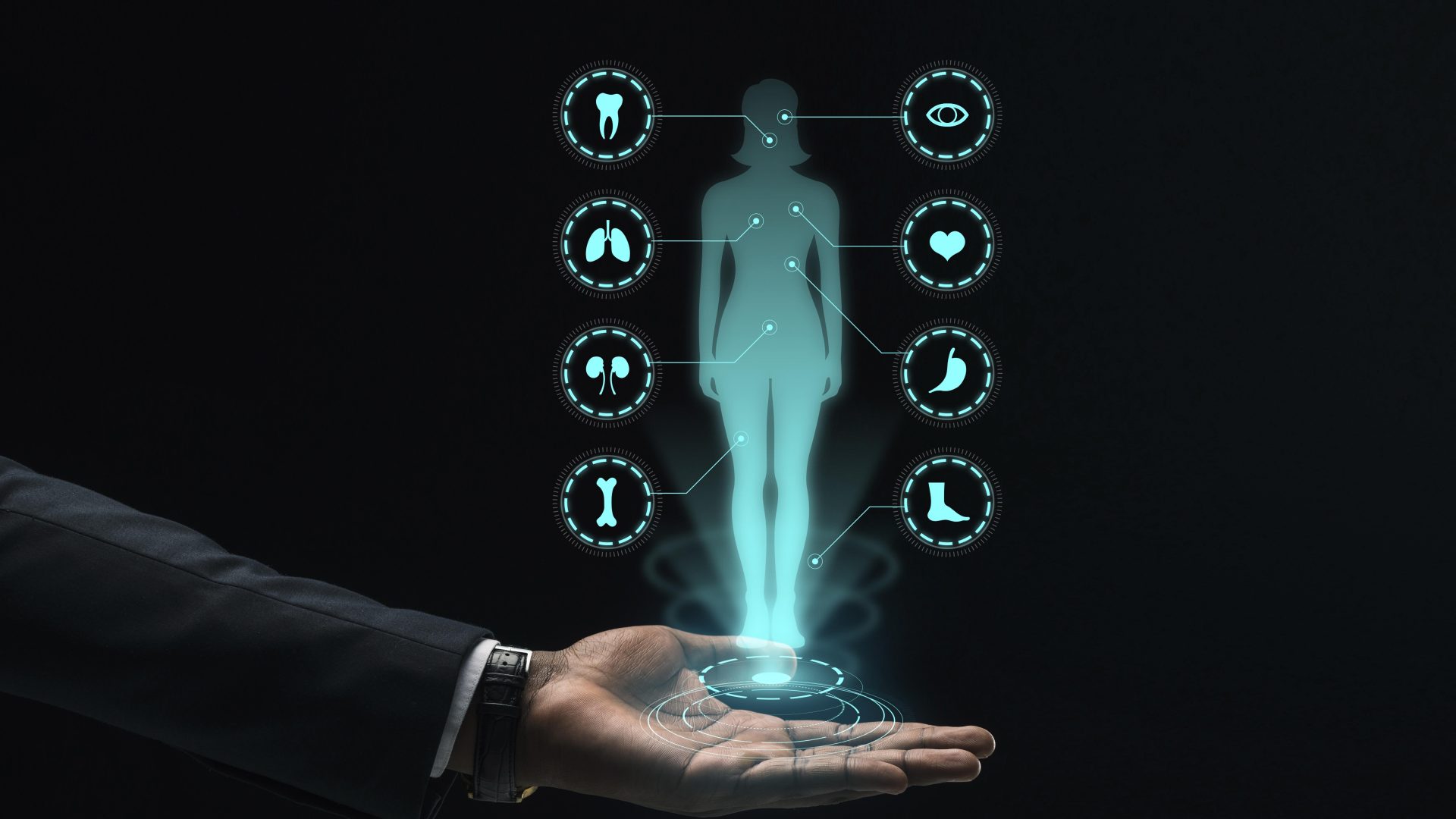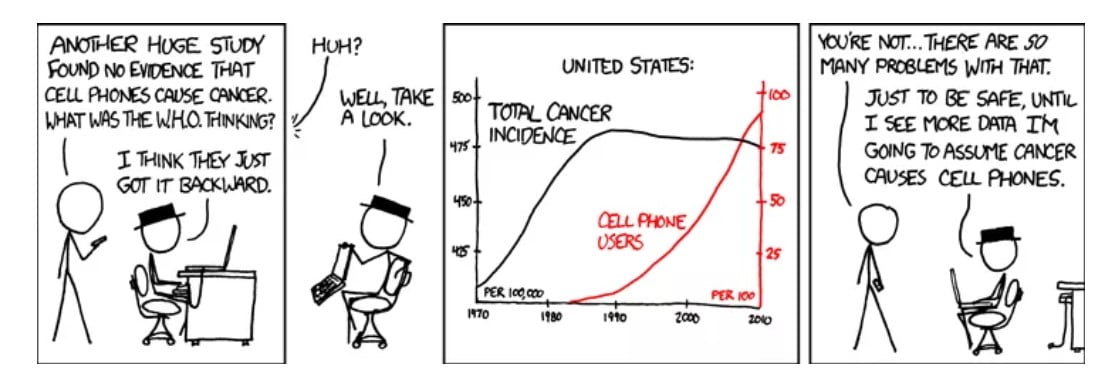We hear people from every field talking about artificial intelligence lately. We see it in movies and series warning us of an upcoming robot war. We see on the news people scared that automation will eliminate jobs. But to understand the real effects of AI we need to understand its capabilities and limitations.
The first thing we need to know is that artificial intelligence is not very new. Scientists and engineers have been working on AI algorithms for decades, in fact the word Artificial Intelligence was first coined in 1955 by computer scientist John McCarthy. Since then the work in the field of AI never stopped, however investments and interest in AI only started to increase rapidly in the 2000s. Which helped create its applications in finance, security, social sciences and healthcare as well as robotics and industry. But to understand if this is good news or the end of the world, we need to learn about what AI can do, and what it can not.
Computers are very good at understanding the relations and connections in huge amounts of data. AI models can make sense of our everyday data and help us identify ways to optimize performances. It can point out correlations that humans wouldn’t notice. That’s how social media algorithms can keep you scrolling forever, show you ads about things you might actually want and recognize people you may know. This kind of personalized experience is only possible with the help of an AI model analysing user data. A task that no team of human experts were able to do so well before. However, AI has many technical limitations.
What Can’t AI Do? – What are its limitations?
Data
The first problem we face when developing an AI model is the amount of data a computer needs in order to learn. You can show a human tens of pictures of bird species and that would be enough to learn to differentiate between them, while AI would need thousands of bird photos to have a similar accuracy to that of a human. This means that training an AI model for even a simple well defined task needs large amounts of data, memory, time and processing power. It also implies how difficult it is to have an accurate AI model in a field where not much accurate data is present.
Type of Data
Furthermore, the type of data affects the accuracy of a model, creating unwanted biases or illogical results. A perfect example for that is Tay, Microsoft’s bot that was created to tweet as a teenage girl and learn from conversations with users. Tay went from posting nice human-loving tweets to sexist and racist comments in less than 24 hours. The huge change in Tay’s tweets was caused by the data it got from people on twitter. More dangerously, there are many subtle ways an AI algorithm can encourage similar unwanted behaviour, like Youtube algorithms showing increasingly hateful content depending on a person’s activity, or a salary calculating algorithm based on data that favors male personnels. Since AI is mostly dependant on the data presented to it, “Stupid AI” or ill trained models, whether it is a racist AI or a model that ignores the laws of physics, are the real danger of the automation era.
Causality
That is mainly caused by another AI limitation which is understanding the difference between correlation and causation. Although AI can be better than humans in spotting subtle correlations in data, it does not understand causality. This is actually a hard task for humans as well, but understanding the causality between parameters is what makes a human learn faster and more accurately. It also allows us to behave correctly towards situations we did not experience before. For example, when training a self driving car, you need to teach the model all of the possible scenarios and their effects. While a human who has never seen a deer before would be able to avoid it if it jumps in front of their car, because they understand it would cause an accident, an AI model would have an unpredictable response in cases it was not trained on. The other limitation caused by not understanding causality, is that AI can only deal with shallow observable correlations. An AI model has a very limited understanding of human emotions, based on facial expressions or words. It cannot analyze feelings or their causes, they can not deal with the complicated psychology of people.
Context
Another limitation to AI is understanding context. An AI knowledge is naturally narrow because of all the previously mentioned reasons. And when we try to widen the scope of an AI model we need to train it from scratch. Imagine a child learning to walk, then when you want to teach it to speak you need to erase their memory and teach them to both walk and speak, and so on. With every new addition of knowledge you need to retrain your AI model, which costs time and processing power, and risks accuracy.
Hardware
The final and most obvious limitation to AI is hardware. In order to create a super intelligent computer you need to have a computationally strong computer. For complicated AI applications like self driving cars, you have either AI models with wide knowledge or a number of AI models that need to work together. These kinds of complicated software need special hardware. That’s why we see the increase of the number of companies developing special chips for AI.
What Can AI Do ?
But with all of these limitations, AI is increasingly being used in many important fields, helping automate some of the hardest tasks. It’s capabilities of making sense of huge amounts of data and finding correlations between them is the most used advantage of AI usually referred to as machine learning. From social media algorithms to banks and marketing agencies, even social scientists now rely on machine learning for interpreting data and taking decisions. AI’s ability to learn from experience without interference of human training, referred to as reinforcement learning, is widely used in robotics like humanoids, quadrupeds and self-driving cars. Deep learning, which imitates a human brain using neurons, has given the machines visual capabilities that are used for surveillance, robotics and production processes.
Finally, AI has proved itself useful in so many applications that its growth is considered a necessity for this era. But the real danger we can expect from it is the same as the danger of any technology which is wrongful human use. It is in our hands to create only useful smart AI rather than ill trained dangerous models or pushing it into fields past its capabilities.

 Source
Source